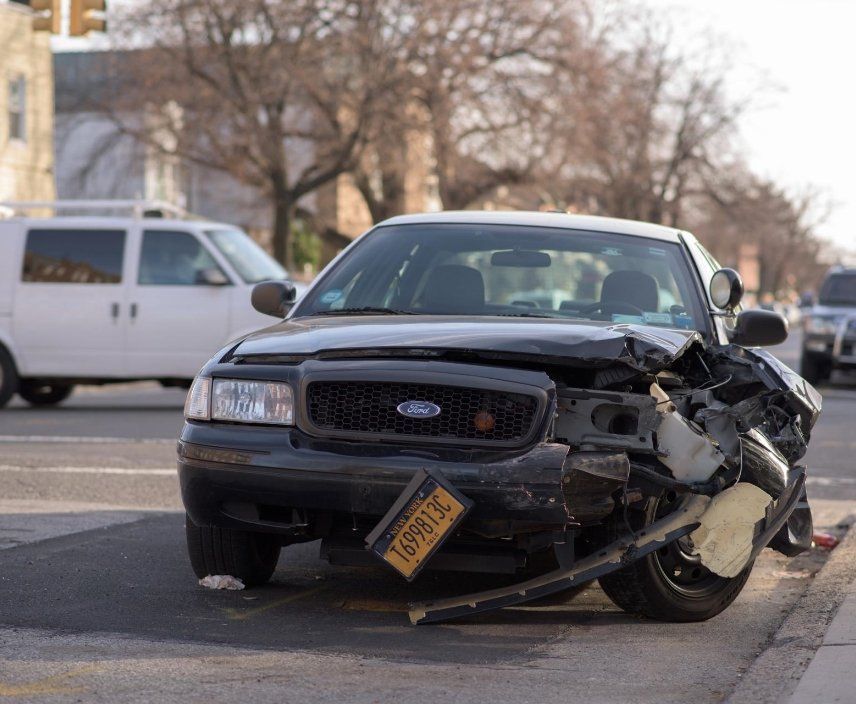State v. May, Court of Appeals Holds That a Police Officer can be Sufficiently Qualified to Draw Blood
Background
Late one evening in November 2002, a Pima County sheriff’s deputy saw defendant May driving in excess of the speed limit. He pulled behind May’s vehicle, saw it temporarily veer off the road, and directed May to stop. In May’s car were two passengers: an adult female and a minor male.
Another officer arrived on the scene and arrested May for DUI after observing symptoms of intoxication. During the investigation, an adult male appeared on the scene and told the arresting officer the male passenger was his 13-year-old son. With May’s consent, Deputy Curtin, a sheriff’s department phlebotomist, drew a sample of May’s blood at the scene. Testing showed he had a 0.195 percent blood-alcohol concentration.
Attempts to Suppress the Blood Test Results
May challenged the blood test results, claiming the seizure of his blood violated the Fourth Amendment to the United States Constitution. May argued the procedure used to take his blood sample was not “performed in a reasonable manner” and that violated his Fourth Amendment right against unreasonable search and seizure.
Court’s Ruling
The trial court found the seizure reasonable because the procedure Curtin used resulted in only a “slightly higher” risk of complications “in a field setting” than those of a clinical setting.
The Court of Appeals found no basis for disturbing that ruling. The court reasoned that May consented to having his blood drawn. And Curtin testified that, based on his knowledge and training, the standard of care required him to clean the arm and not cause any injury to the patient. In addition, a witness testified that on-site and clinical testing are equally reliable, and both present possible risks to the patient but, in her opinion, “the risk of injury goes up” with on-site testing.
May also argued that the trial court should have granted his motion to suppress because Curtin was not a trained phlebotomist. However, the Court of Appeals responded by stating that, in Arizona, a physician, registered nurse, or other “qualified person” may withdraw blood from the operator of a vehicle to determine his or her alcohol concentration under Arizona law. See A.R.S. 28-1388(A).
In sum, the Court of Appeals ruled that: (1) the blood draw conducted by the deputy while the defendant and deputy stood at the rear of the police car was not performed in an unreasonable manner; and (2) the deputy was sufficiently qualified as a person competent to draw blood to determine the defendant’s blood-alcohol concentration after the traffic stop.
The case was, however, sent back to the trial court because the State failed to prove another element of the case.








Summary appeared first on Lawrence Koplow: Arizona DUI Attorney | Phoenix & Scottsdale.

DUI Library
The best DUI defense stuff that only a few know and none want to share. A one of a kind annotated resource for lawyers, people accused, or anyone who wants to see what’s going on in our justice system with DUI cases…and how to fix it.

Contact Information
Office Hours
- Mon - Fri
- -
- Sat - Sun
- Closed
What Happens After You Reach Out
A team member will begin reviewing your case.
We will contact you to ask questions and go over your options.
We will determine, together with you, what makes sense for the next step for you and your family to take.
Ready to Fix This?
Contact Us
We will get back to you as soon as possible.
Please try again later.
OUR SERVICES
QUICK LINKS
CONTACT US

